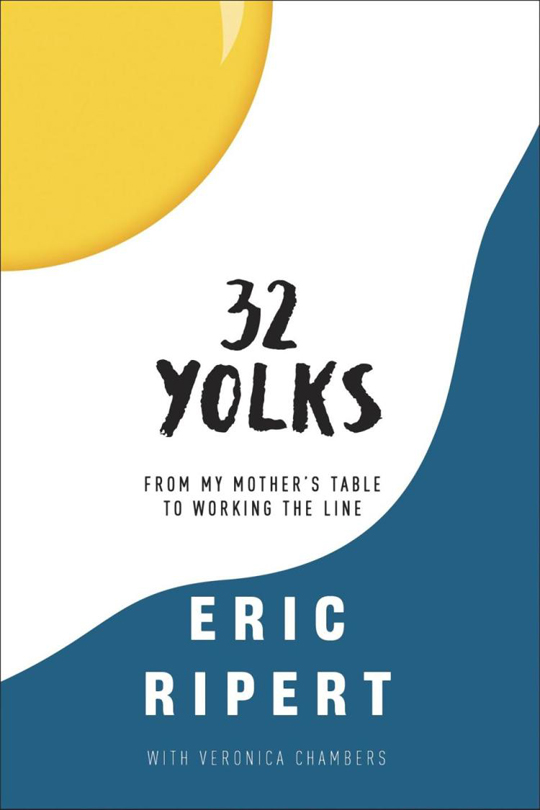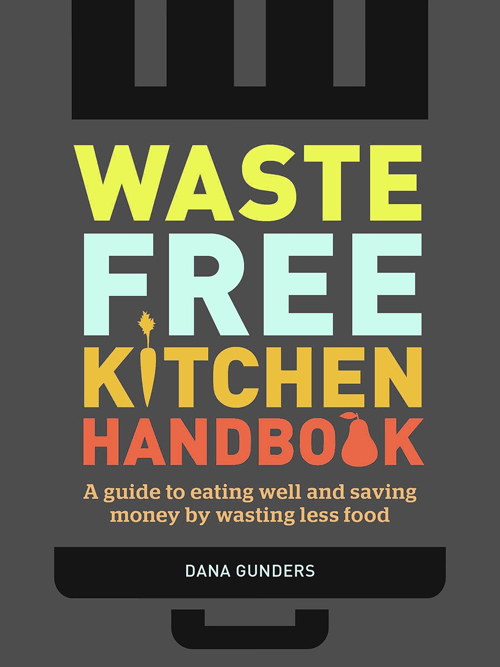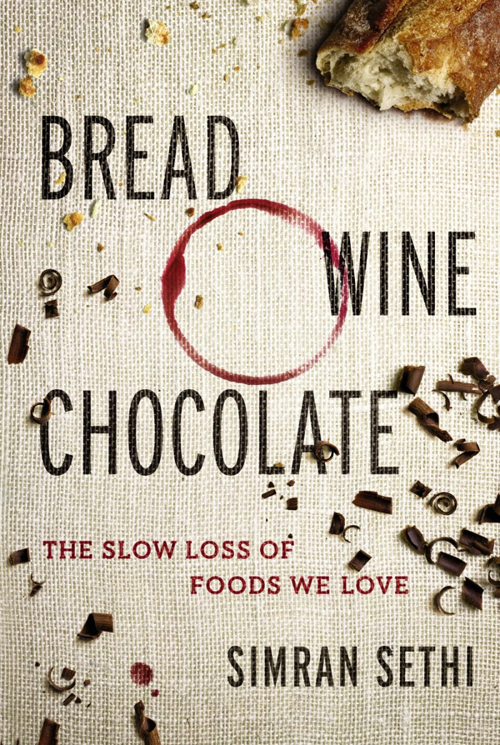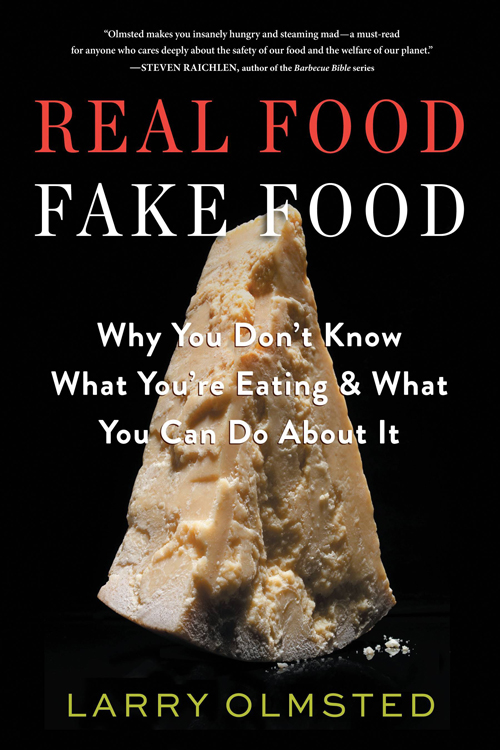Picks For Your (Late) Summer Reading
“32 Yolks” by Eric Ripert
With his ever calm, cool and collected demeanor, celebrated Chef Eric Ripert is the epitome of poise under pressure.
But it wasn’t always that way.
Ripert, chef and co-owner of Le Bernardin, the Michelin three-starred and New York Times four-starred gastronomic landmark in New York, has already written five cookbooks. But in his memoir, In “32 Yolks: From My Mother’s Table to Working the Line” (Random House), of which I received a review copy, he bravely reveals his often painful path to becoming one of the greatest chefs in the world.
Born in Andorra, a small country in France just over the Spanish border, he grew up a sullen, angry child, following his parents’ divorce. While his stylish mother expressed her love for him through cooking, his step-father routinely expressed his disdain for him by berating him and slapping him around.
His first mentor was Chef Jacques, who let the unhappy young boy find solace in the kitchen by helping with tasks and by feeding him endless bowls of chocolate mousse. It wasn’t long before Ripert realized it was in the kitchen that he felt most at home.
At 17, he was working at La Tour d’Argent, where he quickly realized his culinary school degree made him no match for the skills needed at one of Paris’ most vaunted establishments. It grew even worse when he landed a job working under the great Joel Robuchon, where the entire kitchen crew quaked in fear of the legendary chef.
Thirty-two yolks refers to the number of yolks needed to make a perfect batch of hollandaise at La Tour d’Argent, a task Ripert failed epically on his first day there. But through the pages, you witness the fortitude and passion that made him what he is today.
The book ends before he gets to Le Bernardin. But for those interested in that part of his life, just pick up his other book, “On The Line” (Artisan), a masteful, detailed behind-the-scenes look at what it takes to run a restaurant of that caliber.
“Waste Free Kitchen Handbook”
With food waste such a hot topic these days, Berkeley’s Dana Gunders, a staff scientist at the Natural Resources Defense Council, has written a handy-dandy book to teach easy ways to use up more of your provisions so less ends up in the trash.
After all, she details, the average American throws out about $30 worth of uneaten food each month. Do the math and you can see how that adds up quickly. Who wouldn’t want to save that kind of money, right?
In “Waste Free Kitchen Handbook” (Chronicle Books), of which I received a review copy, Gunders demystifies supermarket expiration dates; encourages freezer-use (to store and stock up on food so that it doesn’t go to waste so easily); explains how to regrow celery, bok choy and green onions in your garden from cut-off scraps; and even how to compost if you live in an apartment.
There are also helpful recipes to use up ingredients on their last legs, such as “Anything Goes Soup” and “Sauteed Lettuce.”
“Bread, Wine, Chocolate”
Ours has become a homogeneous world.
And a less delicious, healthful, and environmentally sound one as a result
That’s the sobering reality behind “Bread, Wine, Chocolate: The Slow Loss of Foods We Love” (HarperOne), of which I received a review copy, by Simran Sethi, an award-winning journalist focused on food, sustainability and social change.
Just consider Sethi’s trip to a typical supermarket. She finds 21 kinds of potato chips for sale but only five types of potatoes. Just what does that say about our priorities?
Indeed, there are 7,500 types of apples grown around the world, but fewer than 100 are grown commercially here. Moreover, there are more than 1,000 varieties of bananas grown globally, but for the most part, only one kind, the Cavendish, is found in our produce aisle. And that one was popularized not for its taste, but because it transports well.
“We rely on fewer species and varieties for food and drink — a treacherous way to sustain what we need in order to survive,” Sethi writes. “It’s dangerous for the same reason investment experts tell us to diversify our financial holdings: Putting all our eggs in one basket (either figuratively or literally) increases risk.”
Because a single pest or natural disaster or climate occurrence could wreck havoc on the food supply.
Sethi journeys to six continents to explore the loss of agricultural biodiversity. We may never look at bread, wine, chocolate, beer and coffee quite the same again.
“Real Food/Fake Food”
When it comes to food, it’s buyer beware — more often than you’d like to think.
In “Real Food/Fake Food: Why You Don’t Know What You’re Eating & What You Can Do About It” (Algonquin Books), of which I received a review copy, Larry Olmsted explores just how prevalent food fakery is.
The Vermont-based, award-winning journalist who writes about food for USA Today and Forbes.com., outlines just how often we’re not necessarily getting what we think we are, especially when it comes to Parmigiano-Reggiano, expensive wine, extra virgin olive oil, and Kobe beef. Seafood is one of the worst offenders, with cheaper species routinely being passed off as more desirable and expensive ones. Then there’s infamous truffle oil, with most of the commercial brands not using actual truffle but lab-created compounds that mimic the pricey tuber’s distinctive aroma.
To compound matters, the U.S. Food and Drug Administration does not police most food fraud.
What’s a consumer to do?
Pick up a copy of this book to learn how to tell the real from the faux.





Thanks for the roundup! Gotta read 32 Yolks and Bread, Wine, Chocolate. Hadn’t heard of those — thanks for the intro.
Wow, what an interesting list of food-related books that are not just your typical cookbooks. Some of these will definitely be on my lists of books to read.